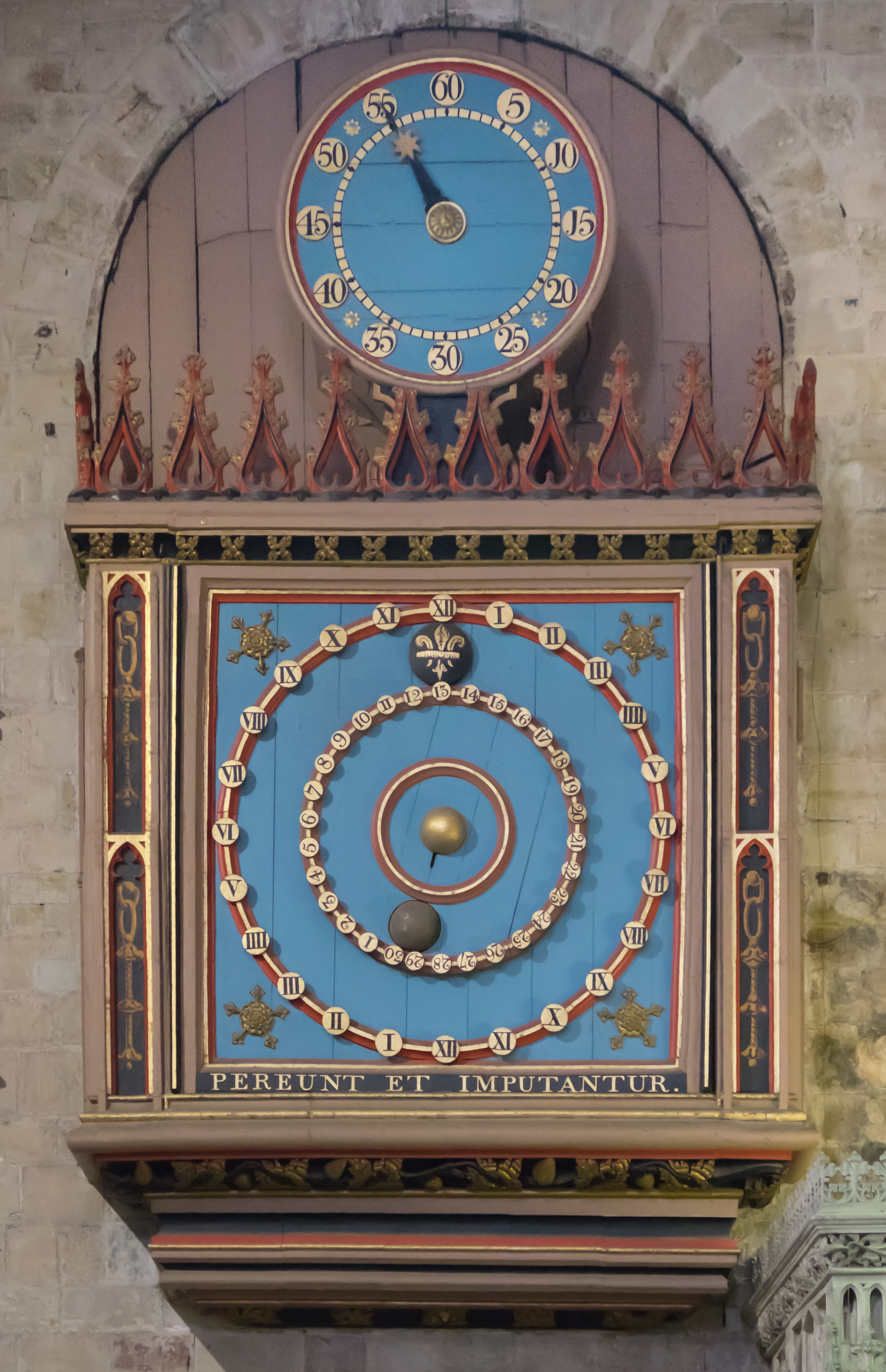|
Date And Time Notation In South Korea
The most formal manner of expressing the full date and/or time in South Korea is to suffix each of the year, month, day, ante/post-meridiem indicator, hour, minute and second (in this order, i.e. with larger units first) with the corresponding unit and separating each with a space: * ''nyeon'' for year; * ''wol'' for month; * ''il'' for day; * ''ojeon'' for a.m.; ''ohu'' for p.m.; * ''si'' for hour; * ''bun'' for minute; and * ''cho'' for second. For example, the ISO 8601 timestamp 1975-07-14 09:18:32 would be written as “”. The same rules apply when expressing the date or the time alone, e.g., “”, “”, “”, “” and “”. The national standard (KS X ISO8601, formerly KSX1511) also recognizes the ISO-8601-compliant date/time format of YYYY-MM-DD HH:MM:SS, which is widely used in computing and on the Korean internet. Date In written documents, the date form above (but not the time) is often abbreviated by replacing each unit suffix with a single full st ... [...More Info...] [...Related Items...] OR: [Wikipedia] [Google] [Baidu] |
South Korea
South Korea, officially the Republic of Korea (ROK), is a country in East Asia. It constitutes the southern half of the Korea, Korean Peninsula and borders North Korea along the Korean Demilitarized Zone, with the Yellow Sea to the west and the Sea of Japan to the east. Like North Korea, South Korea claims to be the sole legitimate government of the entire peninsula and List of islands of South Korea, adjacent islands. It has Demographics of South Korea, a population of about 52 million, of which half live in the Seoul Metropolitan Area, the List of largest cities, ninth most populous metropolitan area in the world; other major cities include Busan, Daegu, and Incheon. The Korean Peninsula was inhabited as early as the Lower Paleolithic period. Gojoseon, Its first kingdom was noted in Chinese records in the early seventh century BC. From the mid first century BC, various Polity, polities consolidated into the rival Three Kingdoms of Korea, kingdoms of Goguryeo, Baekje, and Sil ... [...More Info...] [...Related Items...] OR: [Wikipedia] [Google] [Baidu] |
Microsoft
Microsoft Corporation is an American multinational corporation and technology company, technology conglomerate headquartered in Redmond, Washington. Founded in 1975, the company became influential in the History of personal computers#The early 1980s and home computers, rise of personal computers through software like Windows, and the company has since expanded to Internet services, cloud computing, video gaming and other fields. Microsoft is the List of the largest software companies, largest software maker, one of the Trillion-dollar company, most valuable public U.S. companies, and one of the List of most valuable brands, most valuable brands globally. Microsoft was founded by Bill Gates and Paul Allen to develop and sell BASIC interpreters for the Altair 8800. It rose to dominate the personal computer operating system market with MS-DOS in the mid-1980s, followed by Windows. During the 41 years from 1980 to 2021 Microsoft released 9 versions of MS-DOS with a median frequen ... [...More Info...] [...Related Items...] OR: [Wikipedia] [Google] [Baidu] |
ISO 8601
ISO 8601 is an international standard covering the worldwide exchange and communication of date and time-related data. It is maintained by the International Organization for Standardization (ISO) and was first published in 1988, with updates in 1991, 2000, 2004, and 2019, and an amendment in 2022. The standard provides a well-defined, unambiguous method of representing calendar dates and times in worldwide communications, especially to avoid misinterpreting numeric dates and times when such data is transferred between countries with different conventions for writing numeric dates and times. ISO 8601 applies to these representations and formats: ''dates'', in the Gregorian calendar (including the proleptic Gregorian calendar); ''times'', based on the 24-hour timekeeping system, with optional UTC offset; '' time intervals''; and combinations thereof.ISO 8601:2004 section 1 Scope The standard does not assign specific meaning to any element of the dates/times represented: t ... [...More Info...] [...Related Items...] OR: [Wikipedia] [Google] [Baidu] |
Full Stop
The full stop ( Commonwealth English), period (North American English), or full point is a punctuation mark used for several purposes, most often to mark the end of a declarative sentence (as distinguished from a question or exclamation). A full stop is frequently used at the end of word abbreviations—in British usage, primarily truncations like ''Rev.'', but not after contractions like '' Revd''; in American English, it is used in both cases. It may be placed after an initial letter used to abbreviate a word. It is often placed after each individual letter in acronyms and initialisms (e.g., "U.S."). However, the use of full stops after letters in an initialism or acronym is declining, and many of these without punctuation have become accepted norms (e.g., "UK" and "NATO"). When used in a series (typically of three, an ellipsis) the mark is also used to indicate omitted words. In the English-speaking world, a punctuation mark identical to the full stop is used as the d ... [...More Info...] [...Related Items...] OR: [Wikipedia] [Google] [Baidu] |
Korail Ms Test
The Korea Railroad Corporation () is the national railway operator in South Korea. It is branded as KORAIL () and changed its official Korean name () in November 2019. Currently, KORAIL is a public corporation, managed by Ministry of Land, Infrastructure and Transportation. KORAIL operates intercity/regional, commuter/metro and freight trains throughout South Korea, and has its headquarters in Daejeon. History Historically, the South Korean railway network was managed by the ''Railroad Administration Bureau'' of the Ministry of Transportation before 1963. On 1 September 1963, the bureau became an agency that was known as ''Korean National Railroad'' (KNR) in English. In the early 2000s, the split and public corporatization of KNR was decided by the South Korean government, and in 2003, KNR adopted the current KORAIL logo in blue to prepare for corporatization. On 1 January 2005, KNR was split into ''Korea Railroad Corporation'' (KORAIL), which succeeded railway operati ... [...More Info...] [...Related Items...] OR: [Wikipedia] [Google] [Baidu] |
12-hour
The 12-hour clock is a time convention in which the 24 hours of the day are divided into two periods: a.m. (from Latin , translating to "before midday") and p.m. (from Latin , translating to "after midday"). Each period consists of 12 hours numbered: 12 (acting as 0), 1, 2, 3, 4, 5, 6, 7, 8, 9, 10, and 11. The 12-hour clock has been developed since the second millennium BC and reached its modern form in the 16th century. The 12-hour time convention is common in several English-speaking nations and former British colonies, as well as a few other countries. In English-speaking countries: "12 p.m." usually indicates noon, while "12 a.m." means midnight, but the reverse convention has also been used (see § Confusion at noon and midnight). "Noon" and "midnight" are unambiguous. History and use The natural day-and-night division of a calendar day forms the fundamental basis as to why each day is split into two cycles. Originally there were two cycle ... [...More Info...] [...Related Items...] OR: [Wikipedia] [Google] [Baidu] |
24-hour
The modern 24-hour clock is the convention of timekeeping in which the day runs from midnight to midnight and is divided into 24 hours. This is indicated by the hours (and minutes) passed since midnight, from to , with as an option to indicate the end of the day. This system, as opposed to the 12-hour clock, is the most commonly used time notation in the world today, and is used by the international standard ISO 8601. A number of countries, particularly English speaking, use the 12-hour clock, or a mixture of the 24- and 12-hour time systems. In countries where the 12-hour clock is dominant, some professions prefer to use the 24-hour clock. For example, in the practice of medicine, the 24-hour clock is generally used in documentation of care as it prevents any ambiguity as to when events occurred in a patient's medical history. Description A time of day is written in the 24-hour notation in the form hh:mm (for example 01:23) or hh:mm:ss (for example, 01:23:45), where h ... [...More Info...] [...Related Items...] OR: [Wikipedia] [Google] [Baidu] |
12-hour Clock
The 12-hour clock is a time convention in which the 24 hours of the day are divided into two periods: a.m. (from Latin , translating to "before midday") and p.m. (from Latin , translating to "after midday"). Each period consists of 12 hours numbered: 12 (acting as 0), 1, 2, 3, 4, 5, 6, 7, 8, 9, 10, and 11. The 12-hour clock has been developed since the second millennium BC and reached its modern form in the 16th century. The 12-hour time convention is common in several English-speaking nations and former British Empire, British colonies, as well as a few other countries. In English-speaking countries: "12 p.m." usually indicates noon, while "12 a.m." means midnight, but the reverse convention has also been used (see #Confusion at noon and midnight, § Confusion at noon and midnight). "Noon" and "midnight" are unambiguous. History and use The natural day-and-night division of a calendar day forms the fundamental basis as to why each day is split ... [...More Info...] [...Related Items...] OR: [Wikipedia] [Google] [Baidu] |
Time In South Korea
South Korea has one time zone, Korea Standard Time ( UTC+9), which is abbreviated KST. South Korea currently does not observe daylight saving time. From May 8 to October 9 in 1988, daylight saving time was tested to better accommodate the calendar of competitions held during the 1988 Summer Olympics in Seoul. History In 1434, inventor Jang Yeong-sil developed Korea's first automatic water clock, which King Sejong adapted as Korea's standard timekeeper. It is likely that Koreans used water clocks to keep time prior to this invention, but no concrete records of them exist. In 1437, Jang Yeong-sil, with Jeong Cho, created a bowl-shaped sundial called the ''angbu ilgu'' (), which King Sejong had placed in public so anyone could use it. In 1908, the Korean Empire adopted a standard time, GMT+08:30. In 1912, during the Japanese occupation of Korea, the Governor-General of Korea changed standard time to GMT+09:00 to align with Japan Standard Time. However, in 1954, the South Korean ... [...More Info...] [...Related Items...] OR: [Wikipedia] [Google] [Baidu] |



